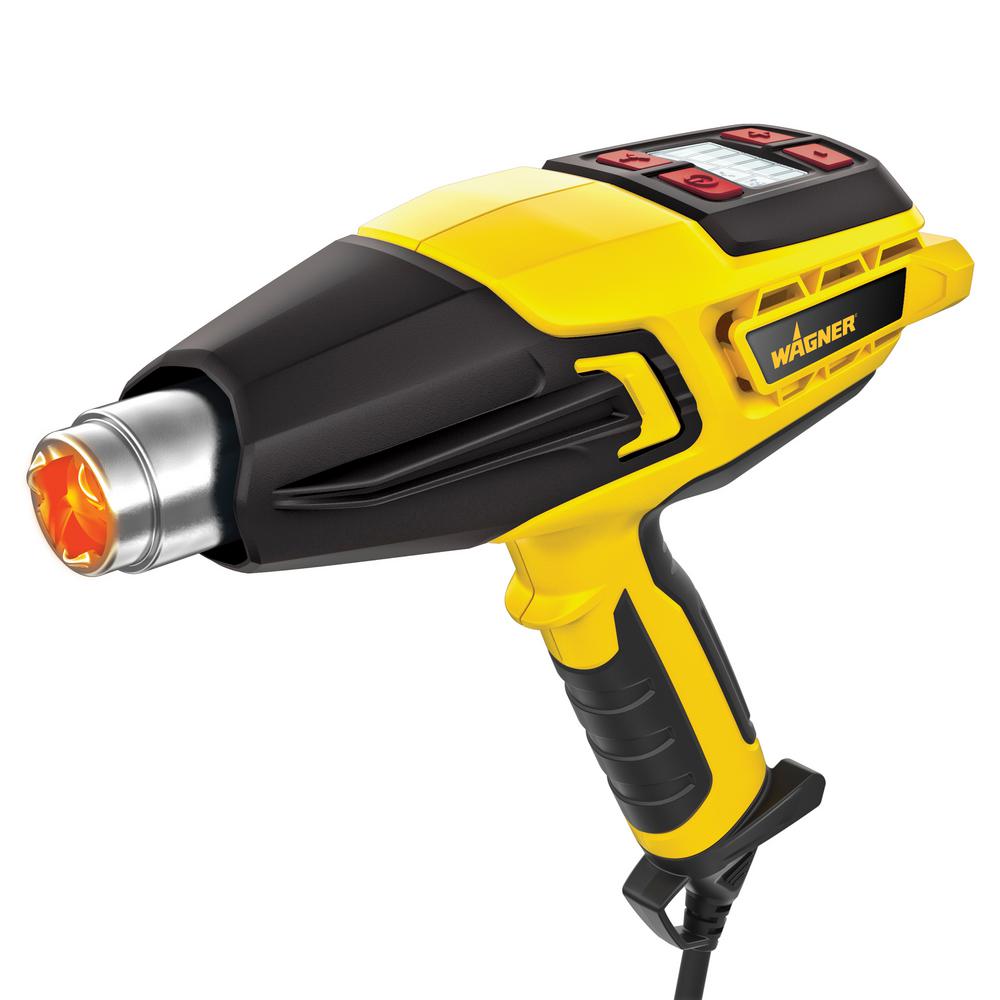An electric heat gun is a vinyl wrap installer’s best friend. But it’s also an electricity draining tool that can quickly become one of your biggest expenses. And if you’re running a climate controlled car wrap shop, you’re electricity bill can increase exponentially.

Therefore, it’s imperative you know when to use and when not to use an electric heat gun. Keeping heat gun use to a minimum will help you reduce your electricity expenses. Below are some instances where using a heat gun is unavoidable:
-
Soften Vinyl Wrap and Other Substances
Some substances start off soft or as a liquid. You can use an electric heat gun to soften these substances again. There are a few examples of this, including:
- Vinyl wrap that has already been installed is easier to remove when it’s softened with heat.
- Anything you’ve served with glue can be softened so it’s easier to remove.
- Vinyl becomes more malleable when heated so it’s easier to work with.
- When two-sided tape is applied to a surface and hardens you can use a heat gun on it instead of scraping at it.
-
Strip Away Vinyl and Paint
Before you start wrapping a car you must prepare the area. Whether you’re stripping away old vinyl wrap or paint, steadily applying heat while using a scraper makes the task easier than if you were to simply pull with your hand. This is also true if you want to remove commercial wraps or other types of decals.
-
Drying Things Faster
There are various processes in which you’ll want to shorten the drying time. For instance, if you apply a wet-install wrap, you can quickly dry it with an electric heat gun. It’s also useful in drying up an area after you’ve installed an emblem with two-sided tape. Additionally, anyone who wants to dry a larger area of vinyl should consider investing in a forced air propane heater.
-
Repair Plastic Pipe Joints
Using an electric heat gun to apply heat to an area in pipes where the plastic components and joints need to be repaired, the heat allows you to mold and weld it. This same method also works when you’re repairing vinyl furniture, flooring, and baseboards.
-
Defrost
You never know when you’ll get a client in very cold weather conditions and will need to defrost parts of their vehicle – from hood to roof tops and windows. Start the process by applying some heat to them. However, make sure not to apply heat around the gas tank.
Go to www.texaselectricityexaminer.com for more electricity savings tips.
